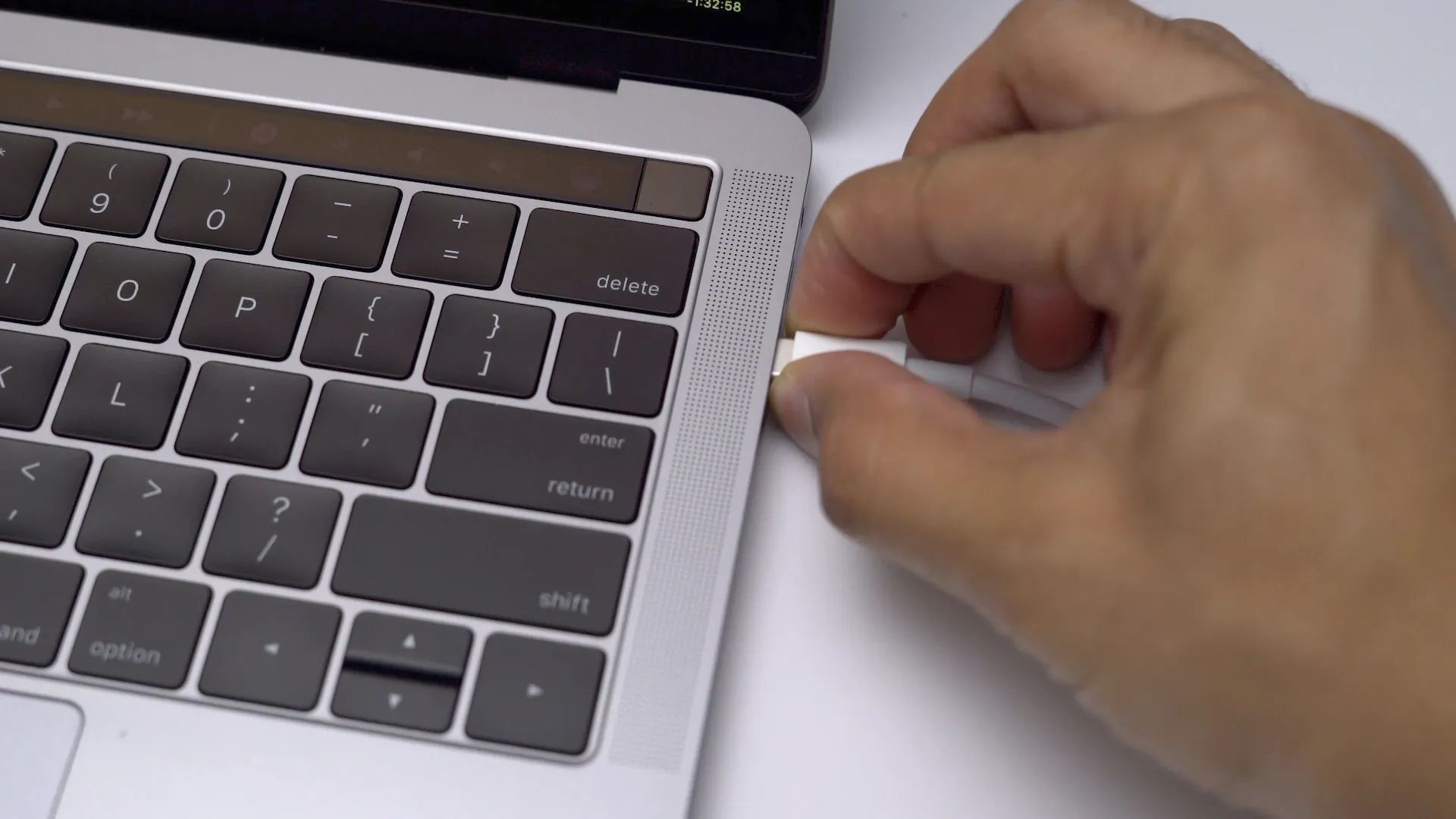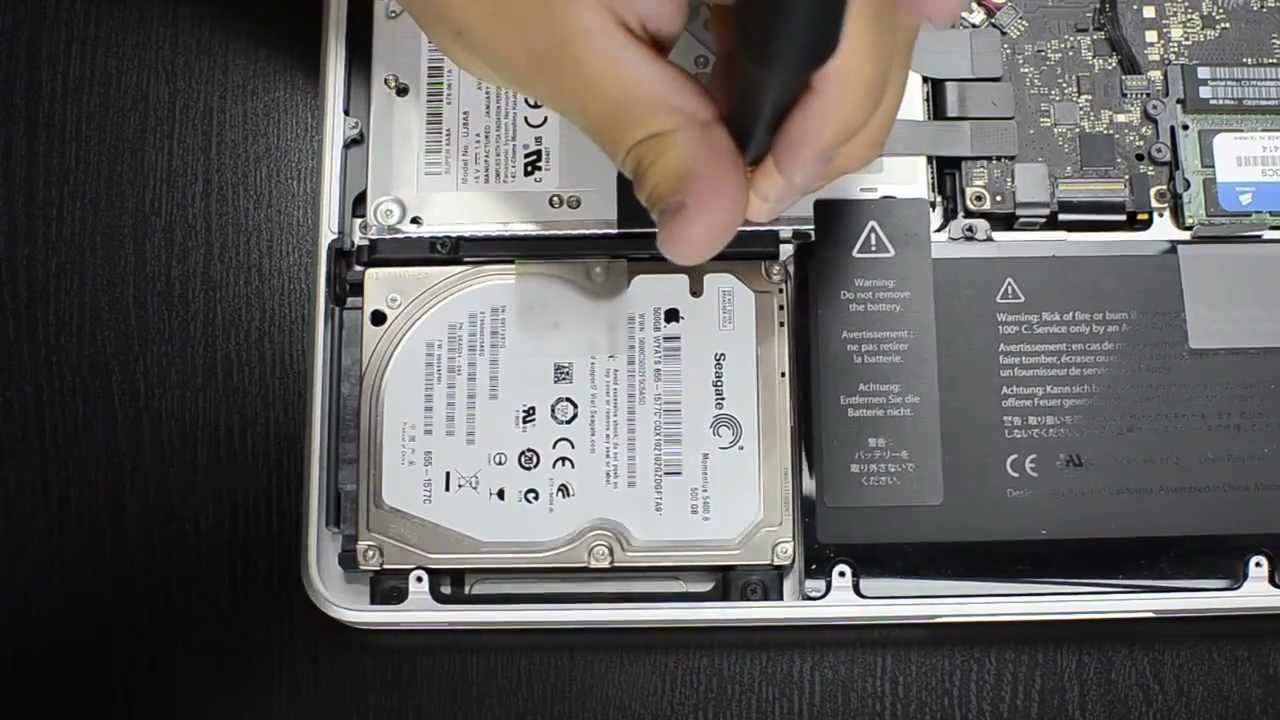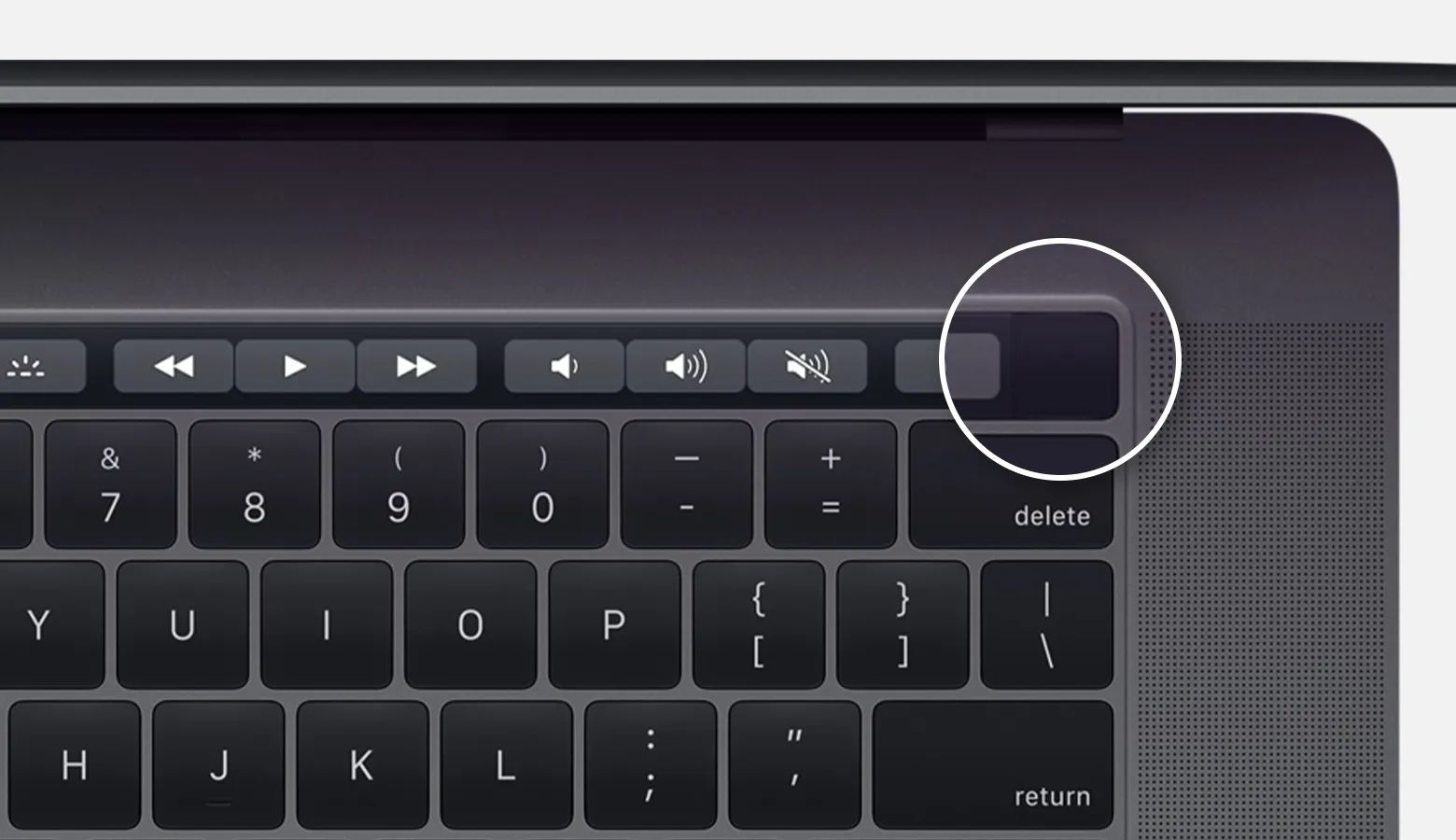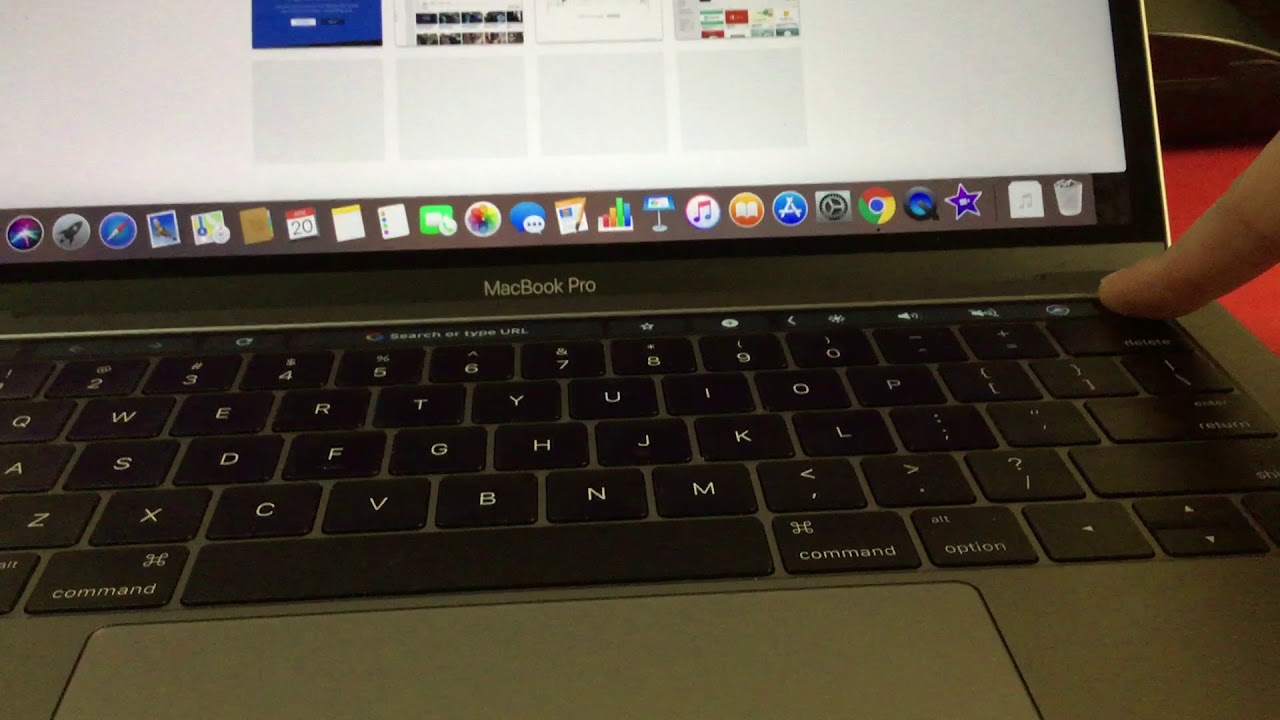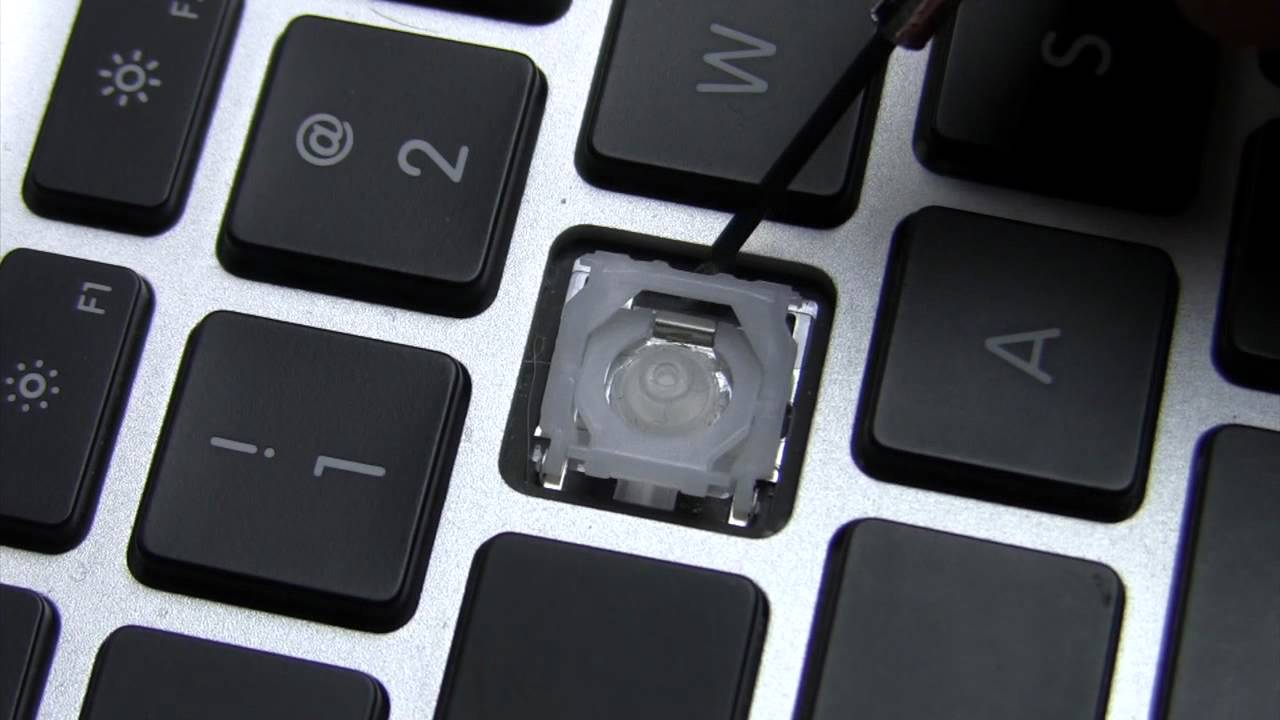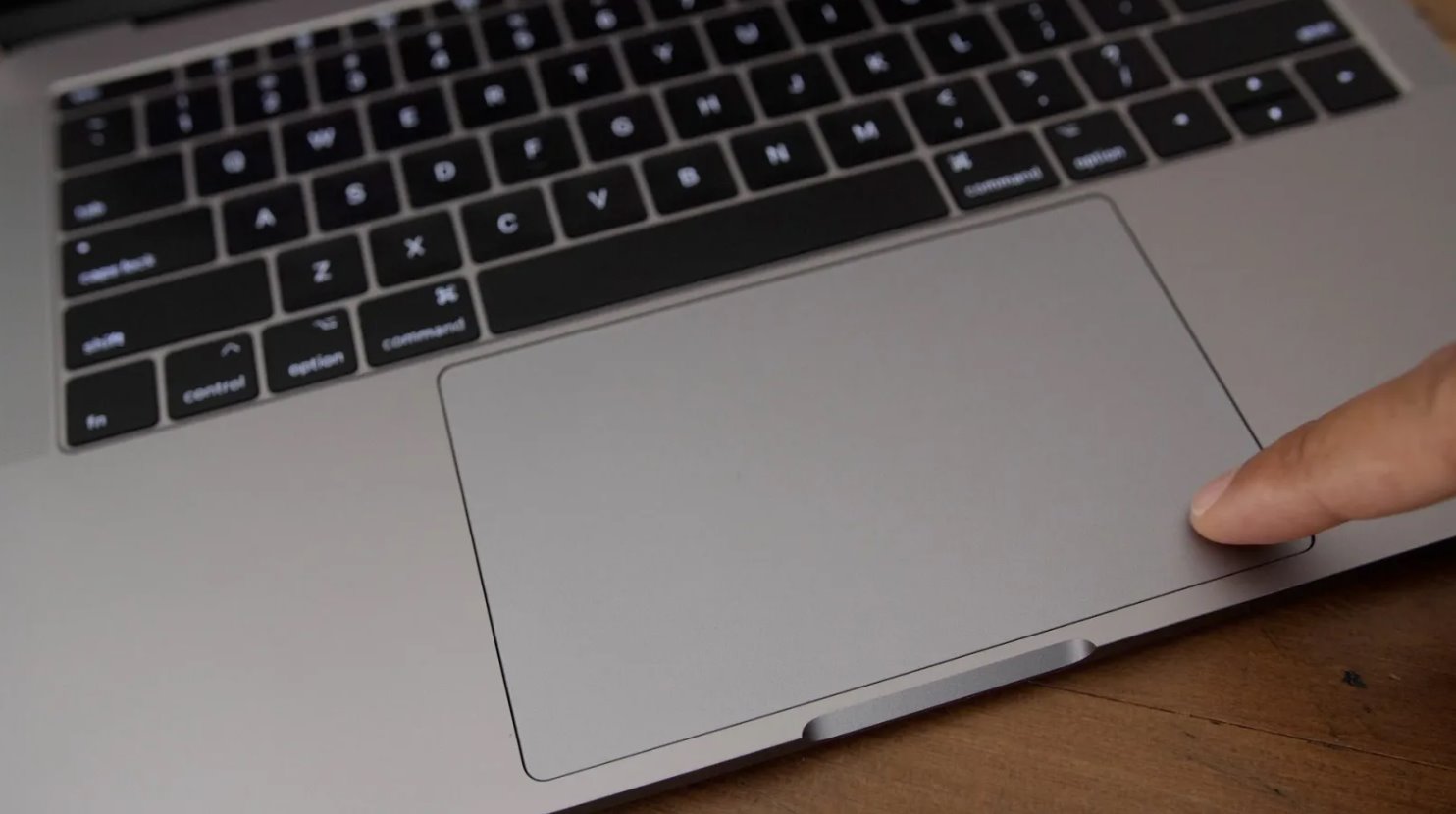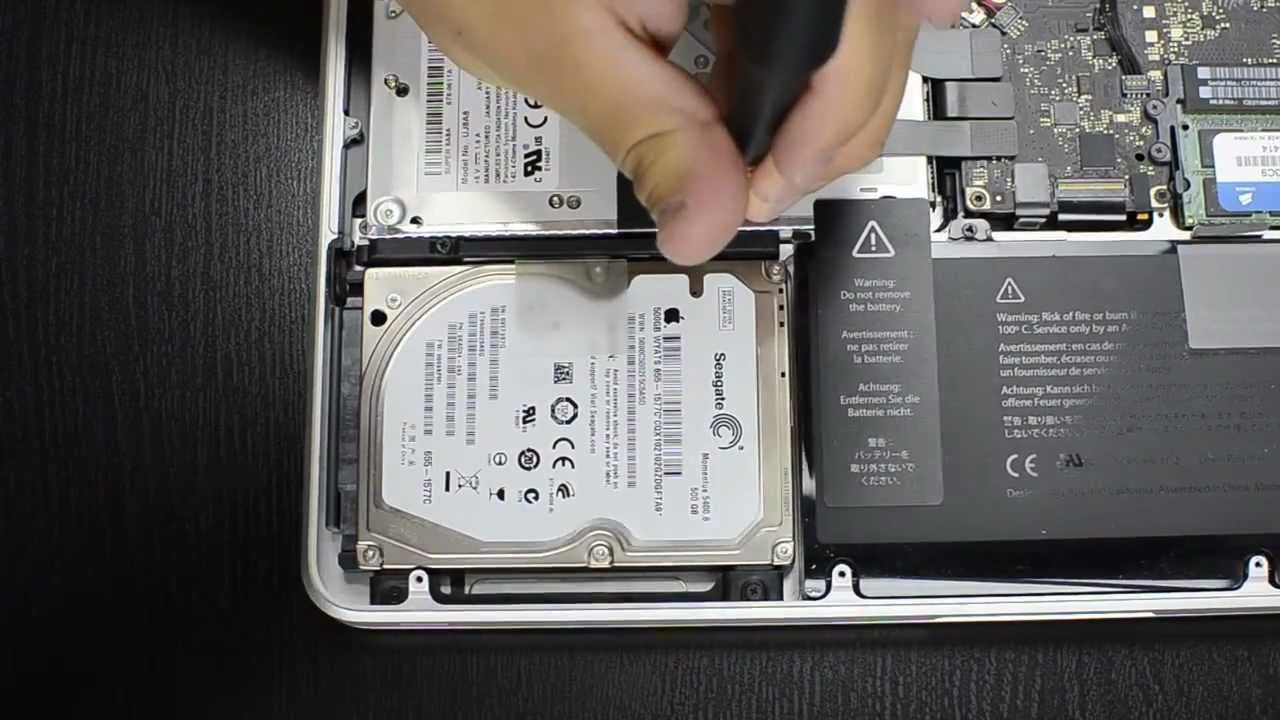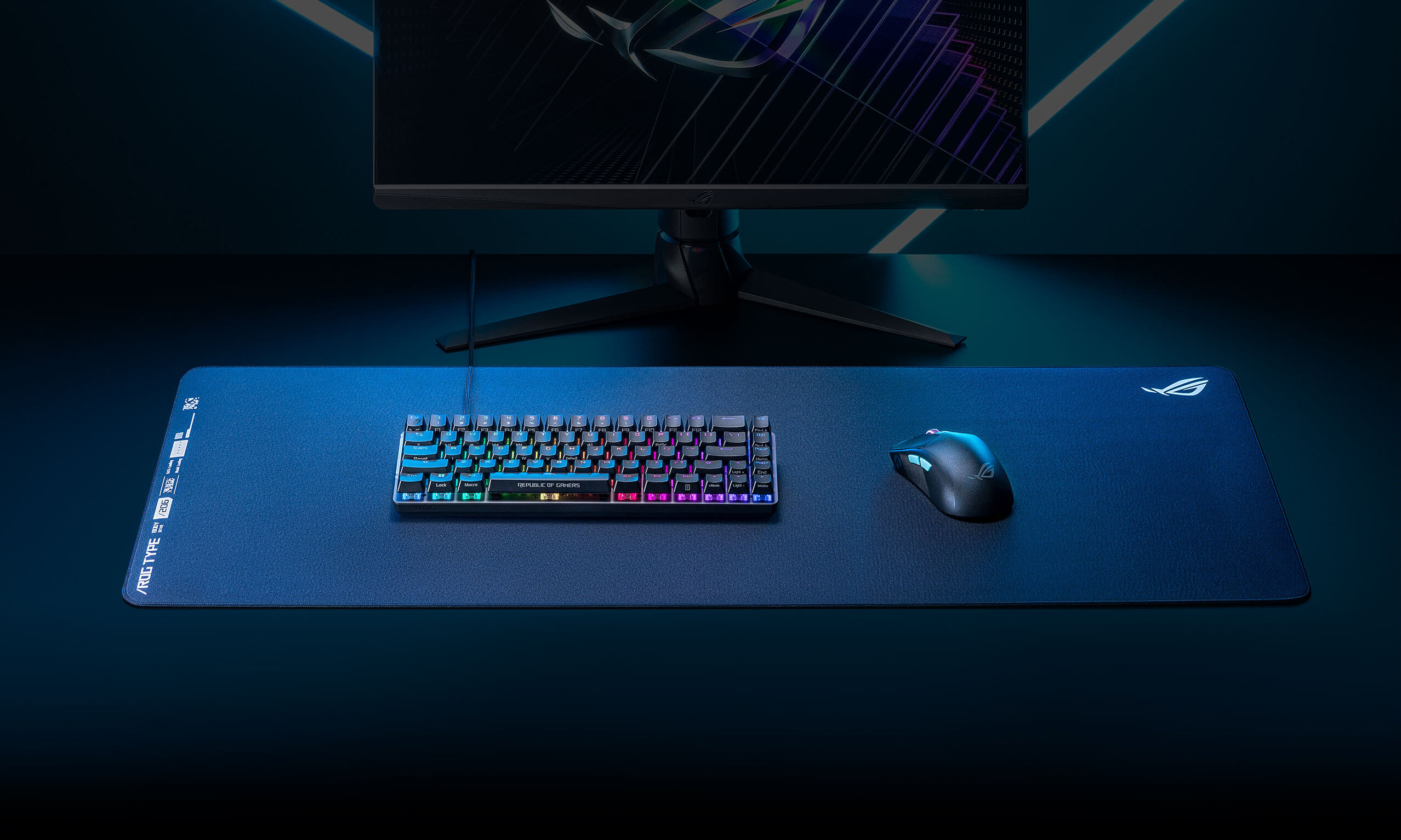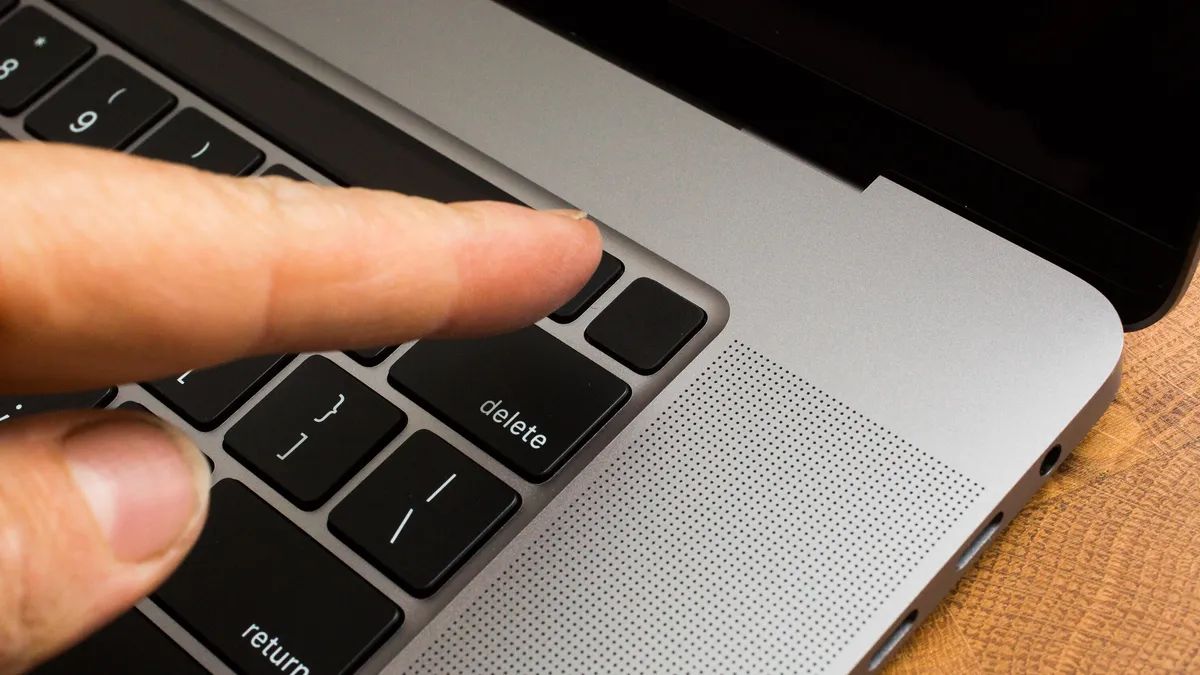Introduction
Welcome to this guide on how to turn off a MacBook Pro. Whether you’re a new Mac user or simply need a refresher, we will walk you through various methods to gracefully power down your device.
As technology continues to evolve, so does the way we interact with our devices. With the MacBook Pro’s sleek design and advanced features, it’s essential to know the proper methods for shutting it down to avoid any potential issues or data loss.
Turning off your MacBook Pro not only helps conserve battery life but also allows for software updates and system maintenance. It’s a crucial step to ensure the longevity and performance of your device.
In this guide, we will explore five different methods to shut down your MacBook Pro. The first two methods involve using the Apple Menu and the keyboard, which are the most common and straightforward ways. If you encounter any issues with these methods, we will cover a method for force shutting down your Macbook Pro.
For those who have the latest MacBook Pro models equipped with the Touch Bar, we will discuss how to shut down using this convenient tool. Additionally, if you’re comfortable working with the command line interface, we’ll show you how to use Terminal to power down your device.
Each method is designed to provide a smooth and effective shutdown process, ensuring the safety and integrity of your MacBook Pro. So, without further ado, let’s dive into the different ways to turn off your MacBook Pro!
Method 1: Shutting Down using the Apple Menu
One of the simplest and most common ways to shut down your MacBook Pro is by using the Apple Menu. This method provides a user-friendly interface to power off your device without much hassle. Follow these steps to gracefully shut down your MacBook Pro:
- Click on the Apple menu, located in the top-left corner of your screen. It is represented by the Apple logo.
- A drop-down menu will appear. Scroll down and select the “Shut Down” option.
- A confirmation prompt will appear, giving you the option to cancel the shutdown if needed. If you’re ready to proceed, click “Shut Down” to initiate the process.
- Your MacBook Pro will begin the shutdown sequence, closing all open applications and saving any unsaved work. Once the process is complete, the screen will turn off, indicating that your device is powered down.
It’s important to note that using the Apple Menu to shut down your MacBook Pro allows the system to properly close all running applications and perform necessary tasks before turning off. This helps prevent any potential data loss or corruption.
This method is ideal for regular shutdowns, as it ensures a smooth transition and prepares your MacBook Pro for the next use. It’s particularly useful when you’re finished using your device and want to power it down in a controlled manner.
Now that you’ve learned how to shut down your MacBook Pro using the Apple Menu, let’s explore another method using the keyboard shortcut.
Method 2: Shutting Down using the Keyboard
Another convenient way to shut down your MacBook Pro is by using a simple keyboard shortcut. This method allows for a quick and efficient shutdown process without the need to navigate through menus. Follow the steps below to power off your device using the keyboard:
- Press and hold the Control key (Ctrl) on your keyboard.
- While holding the Control key, simultaneously press the Eject key or the Power button.
- A confirmation dialog box will appear, asking if you want to shut down your MacBook Pro. Release the Control key.
- Use the arrow keys to navigate to the “Shut Down” option and press Enter to select it.
- Your MacBook Pro will begin the shutdown process, closing all open applications and saving any unsaved work. Once completed, the screen will turn off, indicating that your device is powered down.
The keyboard shortcut method is especially useful when you prefer to keep your hands on the keyboard instead of using the trackpad or mouse. It provides a convenient and efficient way to shut down your MacBook Pro with just a few simple keystrokes.
It’s important to note that like the Apple Menu method, using the keyboard shortcut allows your MacBook Pro to perform necessary tasks and properly close applications before turning off. This ensures the safety of your data and prevents any potential issues upon the next startup.
Now that you’ve learned how to shut down your MacBook Pro using the keyboard shortcut, let’s explore another method for situations when you need to force shut down your device.
Method 3: Force Shutting Down the MacBook Pro
Sometimes, your MacBook Pro may become unresponsive, and you can’t shut it down using the regular methods. In such cases, you can force shut down your device to resolve any potential issues. However, it’s important to note that force shutting down should only be used as a last resort, as it may result in data loss or corruption if applications are not given a chance to save their progress properly. Here’s how you can force shut down your MacBook Pro:
- Press and hold the Power button on your MacBook Pro.
- Continue holding the Power button until the screen turns off completely. This may take a few seconds.
- Release the Power button and wait for a few moments.
- Press the Power button again to turn on your MacBook Pro. The device should start up normally.
Force shutting down your MacBook Pro should only be used as a troubleshooting measure when your device is unresponsive or frozen. It should not be a regular method of shutting down your device unless absolutely necessary.
Remember to save your work frequently and close all applications properly before resorting to force shutting down. This will help prevent data loss and ensure the integrity of your files.
Now that you’re familiar with force shutting down your MacBook Pro, we’ll explore another method specifically for MacBook Pro models equipped with the Touch Bar.
Method 4: Shutting Down using the Touch Bar
If you own a MacBook Pro with the Touch Bar, you have an additional method to conveniently shut down your device. The Touch Bar provides quick access to various controls and features, including the option to power off your MacBook Pro. Here’s how you can use the Touch Bar to shut down your device:
- Locate the Control Strip on your MacBook Pro’s Touch Bar.
- Tap the “Siri” button on the Control Strip.
- A Siri interface will appear, displaying various options.
- Scroll down on the Siri interface until you find the “Shut Down” button.
- Tap the “Shut Down” button on the Touch Bar.
- A confirmation dialog box will appear, asking if you want to shut down your MacBook Pro. Tap “Shut Down” to confirm.
- Your MacBook Pro will initiate the shut down process, closing all open applications and saving any unsaved work. Once completed, the screen will turn off, indicating that your device is powered down.
Using the Touch Bar to shut down your MacBook Pro offers a convenient and intuitive method for users who prefer a more visual approach. It eliminates the need to navigate through menus or use keyboard shortcuts, making it a quick and straightforward way to power off your device.
Now that you’re familiar with using the Touch Bar to shut down your MacBook Pro, we’ll explore one final method that involves using the Terminal application.
Method 5: Shutting Down using Terminal
For advanced users comfortable with the command line interface, using the Terminal application is another option to shut down your MacBook Pro. Terminal provides direct access to system commands, allowing for precise and efficient control over various functions. Here’s how you can use Terminal to shut down your device:
- Open the Terminal application on your MacBook Pro. You can find it in the Utilities folder within the Applications folder, or use Spotlight search to locate it.
- Once Terminal is open, type the following command:
sudo shutdown -h now - Press Enter to execute the command.
- You will be prompted to enter your administrator password. Type your password (you won’t see it visually) and press Enter.
- The shutdown process will initiate, and your MacBook Pro will power off once completed.
Using Terminal to shut down your MacBook Pro provides a direct and efficient method for users who prefer working with the command line interface. It’s particularly useful when you want to incorporate shutdown commands into scripts or if you encounter a situation where graphical interfaces are not accessible.
Remember, when using Terminal, ensure that you enter commands accurately. Mistyping commands can lead to unintended consequences, so exercise caution and double-check before executing any commands.
Now that you’re familiar with shutting down your MacBook Pro using Terminal, let’s summarize what we’ve covered in this guide.
Conclusion
Throughout this guide, we have explored five different methods to shut down your MacBook Pro. The Apple Menu and keyboard shortcuts provide simple and intuitive ways to power off your device. The Touch Bar offers a convenient and visual approach, while Terminal provides direct control for advanced users. In extreme cases where your MacBook Pro becomes unresponsive, force shutting down is an option, but should be used sparingly.
By gracefully shutting down your MacBook Pro, you ensure the proper closure of applications and the safety of your data. Regularly powering off your device helps conserve battery life, allows for system updates, and promotes overall device maintenance.
Remember, whether you’re new to Mac or a seasoned user, it’s important to familiarize yourself with these shutdown methods to ensure a smooth and hassle-free experience. Consider the specific circumstances and choose the appropriate method accordingly.
We hope this guide has provided valuable insights and practical instructions for shutting down your MacBook Pro. Utilize these methods as needed, and always prioritize the safety and integrity of your device and data.
Thank you for reading, and may your MacBook Pro serve you well in all your endeavors!







